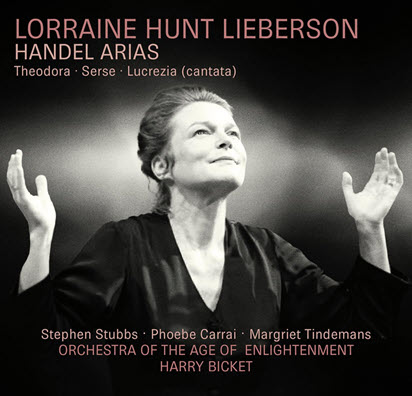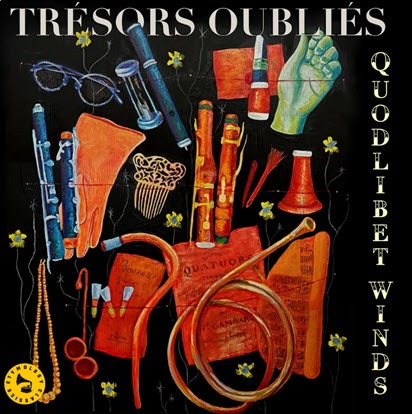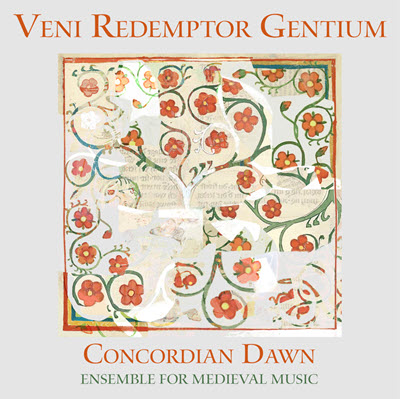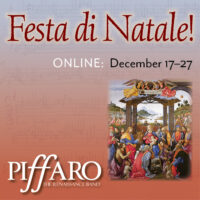by Karen M. Cook
Published October 27, 2025
Ricordanze: a record of love. Musica Secreta, directed by Laurie Stras. Lucky Music Ltd. LCKY005, a two-disc set: 1h 41min
On the hills outside of Florence sits the former convent of San Matteo in Arcetri. In the days when nuns occupied its grounds, they supported themselves through spinning wool and making wine, but, as Musica Secreta director Laurie Stras notes, the heart of their lives and livelihoods was musical prayer — singing the eight services that comprise the Divine Office.

As fortune would have it, a manuscript of polyphony from this convent (Biffoli-Sostegni, MS 27766) survives today in the Library of the Royal Conservatory in Brussels, documenting the kinds of music that these nuns would have known.
Stras discovered the connections between this manuscript and the convent after finding two nuns named on the manuscript’s cover — Sister Agnoleta and Sister Clemenzia — in the convent’s account book, which revealed that they had joined the convent in the meager years of the 1540s. However, prosperity ensued and the convent grew; in fact, in the early 17th century, the convent welcomed two of Galileo Galilei’s daughters, Virginia and Livia.
By this time, the powers that be had started to restrict what nuns were permitted to sing, meaning that the music saved from Agnoleta’s and Clemenzia’s day would have been quite useful. We know, again thanks to Stras, that Virginia Galilei (later Suor Maria Celeste) was herself quite musical, later effectively becoming the convent’s music teacher, and it is quite possible that she made use of this source. In sum, though compiled in the mid-1500s, the manuscript might well have been a source of musical inspiration for centuries afterward.
Of the almost 80 works in the manuscript, this two-disc album has carefully selected pieces thought to best represent the array of music that would have been available at this convent. Some pieces reflect the convent’s place near Florence, or its Franciscan obedience, while others point to particularly important feasts and events. For example, Stras tells us that the Messa sopra Je le lerray is based upon a secular tune talking of domestic violence, which might well have resonated with the nuns who had been evacuated during the Siege of Florence in the late 1520s, and that short secular songs such as Non è alcun di gloria degno, which praised virginity, might well have been sung by the nuns in private devotion.
It’s a compelling concept for a recording, filled with musicological discoveries, dramatic historical moments, and fascinating characters, but the most important element, of course, is the music. And on that front, the album delivers. The opening Ecce quam bonum is a brief but warm welcome into both the convent and Florence itself, where the work was linked to the infamous Savonarola.
The subsequent In illo tempore–vidit Jesus introduces the bass viol, often used in convents alongside other instruments (frequently organ or even trombone!) to supplement the lowest lines of a work. Incorporating the secular Je le lerray on which the parody Mass was written is a welcome touch, and the musical connections between song and Mass are evident in the subsequent tracks. The lower ranges of Salve, sancte pater, the transparency of O crux, splendidior, and the slow scaffolded build of Sancta Dei genitrix make them real standouts, and the alternatim treatment in Laudate pueri really highlights the warmth of the full ensemble when joined with organ and viol.
I particularly fancy the ways in which the timbres of the instruments and voices are so distinct from one another; some voices are more strident, while others carry a richness, a thinness, a crackle — whatever the case may be, it really drives home the reality of this music as a particularly human endeavor, no matter how old. A welcome addition to every polyphony lover’s library.
Karen M. Cook is associate professor of music history at the University of Hartford. She specializes in late-medieval music theory and notation, focusing on developments in rhythmic duration. She also maintains a primary interest in musical medievalism in contemporary media, particularly video games. For EMA, she recently wrote about the simplicity and depth of music from bamboo pipers.




